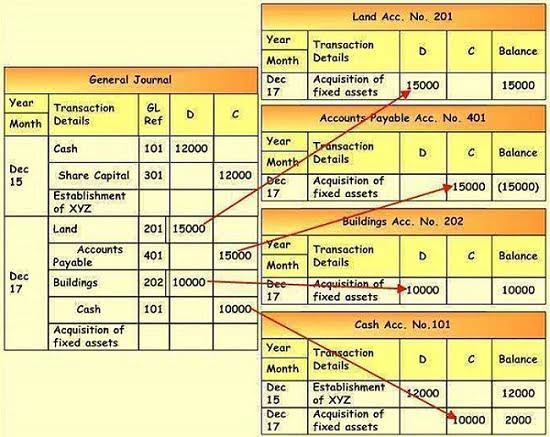Definition, Explanation and Examples

Before getting into how the accounting equation helps balance double-entry bookkeeping, let’s explain each element of the equation in detail. We calculate the expanded accounting equation using 2021 financial statements for this example. Balance Sheets shown above and the Income Statement and detailed Statement of Stockholder’s Equity in this cash flow section.
Advance Your Accounting and Bookkeeping Career
- Additionally, it doesn’t completely prevent accounting errors from being made.
- Ultimately, the accounting equation is an essential framework that provides a comprehensive view of a company’s financial landscape.
- When assessing a company’s liquidity, analysts use the accounting equation as a baseline.
- It keeps the balance intact while showing how the company’s operations and financial decisions influence equity with other elements like revenue, expenses, and dividends.
- The cost of this sale will be the cost of the 10 units of inventory sold which is $250 (10 units x $25).
This extended version illustrates how these elements impact a company’s financial wealth. Let’s understand how this equation works in a practical scenario with an example. Although the cash has been reduced, the overall assets remain the same because it has been exchanged for equipment. The total value of the business assets is still $10,000, keeping the equation in balance. Double-entry bookkeeping is a system that records transactions and their effects into journal entries, by debiting one Bookkeeping for Veterinarians account and crediting another.
Resources
Net value refers to the umbrella term that a company can keep after paying off all liabilities, also known as its book value. It specifically highlights the amount of ownership that the business owner(s) has. An asset is a resource that is owned or controlled by the company to be used for future benefits. Some assets are tangible like cash while others are theoretical or intangible like goodwill or copyrights. A T-account is a visual representation of the general ledger, whereas the general ledger is an accounting record that shows more detailed information than a T-account.
Owner’s Equity
Calculating critical financial ratios, such as the debt-to-equity ratio, is another key application of the accounting equation. This ratio measures how much of a company’s operations are financed through debt versus owner equity. These ratios give insights into the company’s risk levels and help determine whether the company can take on more debt or still needs to improve its equity base. Performing a thorough cost-benefit analysis before taking on new debt can further help ensure long-term financial stability.

The relationship between the accounting equation and your balance sheet

Of course, this lead to the chance of human error, which is detrimental to a company’s health, balance sheets, and investor ability. While single-entry accounting can help you kickstart your bookkeeping knowledge, it’s a dated process that many other business owners, investors, and banks won’t rely on. That’s why you’re better off starting with double-entry bookkeeping, even if you don’t do much reporting beyond a standard profit and loss statement. Double-entry bookkeeping is a fundamental accounting concept that requires every financial transaction to affect at least two different accounts. A useful tool for analyzing how transactions change an accounting equation is the T-account. The left side of a T-account is for debits, whereas the right side is for credits.
How the Accounting Equation Balances

This equation is fundamental in understanding a company’s financial position. Liabilities represent the company’s obligations or debts that arise during business operations, indicating a future sacrifice of economic the accounting equation is usually expressed as benefits. They are categorized primarily into current liabilities and long-term liabilities, each serving a distinct purpose in financial management.

Examples of assets are company equipment, vehicles, accounts receivable (A/R), prepaid insurance, and office supplies. They can be classified as operating or nonoperating, tangible or intangible, and current or noncurrent. Similarly, with foreign currency transactions, volatility due to fluctuating exchange rates can significantly change the financial outcome of a deal. The accounting equation doesn’t consider these currency transactions, which gives a false view of a company’s financial position if it is operating globally.
